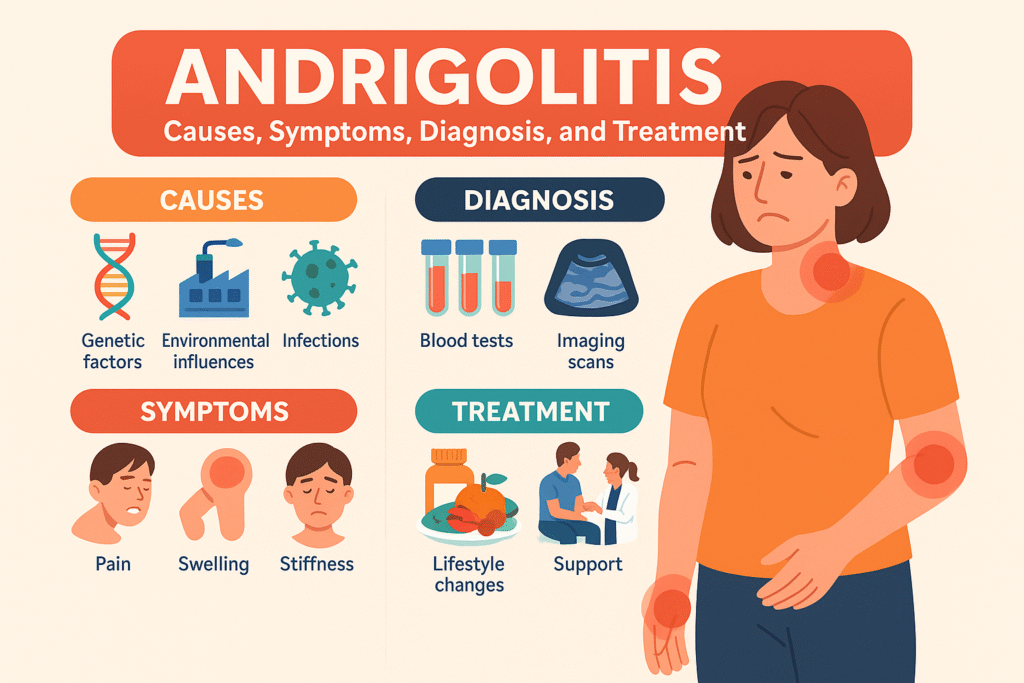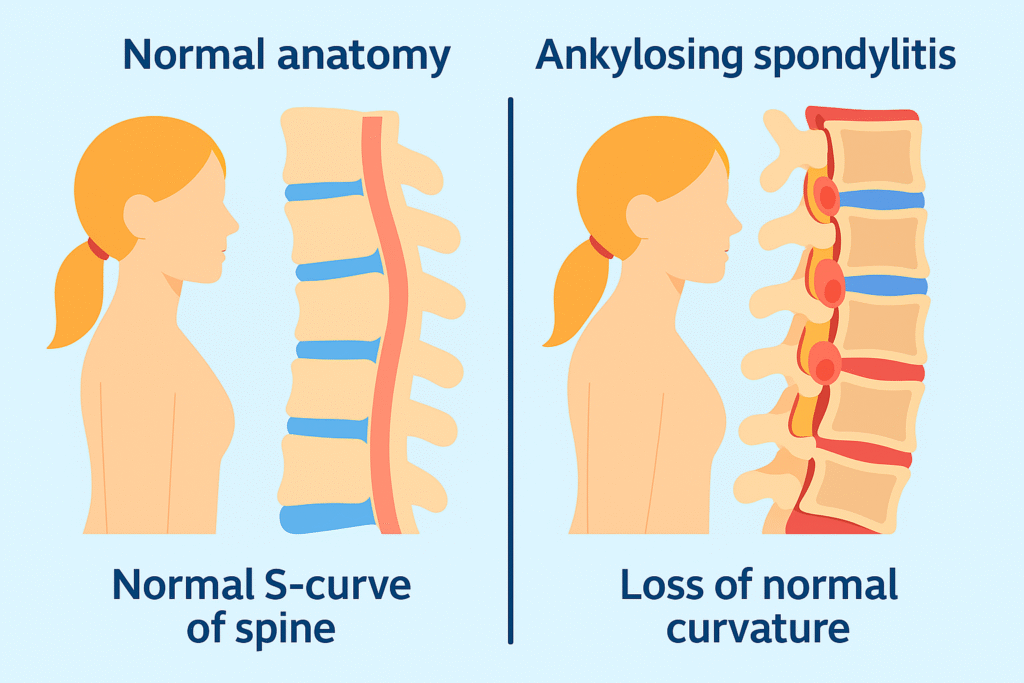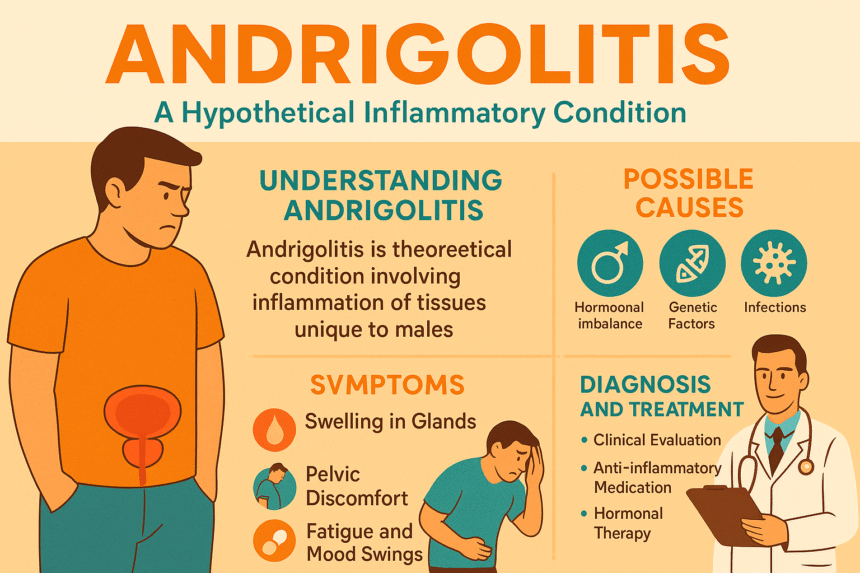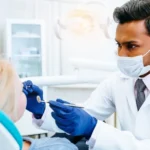Andrigolitis is a theoretical or fictional medical condition that combines the idea of inflammation (“-itis”) with a possible connection to male hormones or systems (“Andri-”). While not officially recognized in medical texts, the term andrigolitis is useful for exploring how inflammation might uniquely affect male-related health issues.
Some believe that if andrigolitis were real, it could involve chronic inflammation in hormone-sensitive tissues. The concept of andrigolitis helps us imagine how conditions might develop in under-researched areas of male health.
Thinking about andrigolitis also raises awareness about the role of hormones, immune responses, and inflammation in our bodies. It allows for open discussions in both medical education and fiction.
Even though andrigolitis is not a confirmed disease, the term serves as a conversation starter—especially when examining uncommon or emerging symptoms that don’t fit into existing diagnoses.
What is Andrigolitis?
Andrigolitis is not currently recognized as an official medical condition, but the name suggests a theoretical disease rooted in inflammation. Breaking down the term: “Andri-” could relate to androgens or male characteristics, and “-itis” refers to inflammation. So, Andrigolitis might refer to inflammation related to male hormones, glands, or tissues.
Even though it is a fictional term, it opens doors for discussing lesser-known health issues, particularly those affecting men. Imagining such a disease helps in understanding the role hormones play in inflammation, chronic pain, and immunity.
In speculative or fictional health discussions, Andrigolitis could be considered a rare or newly emerging syndrome that medical professionals are only beginning to study.
Possible Causes of Andrigolitis
If Andrigolitis were real, its causes could be multifactorial, much like many chronic conditions:
- Hormonal Imbalances: Since the term points to androgens, an imbalance in testosterone or related hormones could trigger symptoms.
- Autoimmune Responses: In many inflammatory diseases, the body mistakenly attacks its own tissues. Andrigolitis could result from a similar immune malfunction.
- Environmental Triggers: Pollution, chemicals, or dietary toxins might disturb the body’s hormone regulation and immune system.
- Stress and Lifestyle: Long-term mental stress, poor sleep, lack of exercise, and unhealthy diet may weaken the body’s resistance to inflammation.
- Genetic Predisposition: A person may inherit a tendency toward inflammatory or hormonal disorders from family history.
These potential causes reflect how interconnected hormones, immunity, and inflammation can be.
Common Symptoms of Andrigolitis
Since this is a theoretical condition, we can only imagine what its symptoms might look like based on related inflammatory or hormonal disorders. Symptoms could vary in severity and might include:
- Pain and Swelling: Likely in areas like the lower abdomen, glands, or joints.
- Fatigue: A common result of chronic inflammation or hormonal imbalance.
- Mood Changes: Irritability, depression, or anxiety caused by shifting testosterone levels.
- Fever or Skin Irritations: Mild fevers or skin rashes might signal immune overreaction.
- Urinary or Sexual Issues: If glands like the prostate are inflamed, urinary or reproductive symptoms might appear.
These symptoms could come and go, or become chronic if untreated, making daily life uncomfortable.
How Andrigolitis Might Be Diagnosed
Diagnosing a condition like Andrigolitis would require ruling out other known disorders. Doctors would begin by noting the patient’s medical history and tracking symptoms over time. Tests might include:
- Blood Tests: To detect inflammation (like high CRP or ESR levels) and hormone levels.
- Imaging: MRI, ultrasound, or CT scans to check for internal swelling or abnormalities.
- Urine Tests: Especially if reproductive or urinary issues are involved.
- Hormone Testing: To measure testosterone and other androgens.
Diagnosis would rely heavily on excluding common conditions like prostatitis, IBS, or autoimmune disorders before suggesting a new or rare condition like Andrigolitis.
Treatment Options for Andrigolitis
In a hypothetical treatment plan, the focus would be on controlling inflammation and balancing hormones. Options could include:
- Anti-Inflammatory Drugs: Like ibuprofen or corticosteroids to reduce swelling and pain.
- Hormone Therapy: If testosterone levels are off, treatment could involve hormone replacement or suppression therapy.
- Immune Modulators: In autoimmune-triggered cases, immunosuppressant drugs might be explored.
- Natural Remedies: Turmeric, omega-3 oils, ginger, or ashwagandha may help fight inflammation.
- Lifestyle Modifications: Including clean diet, regular physical activity, and stress reduction techniques.
A multidisciplinary approach—blending medicine, nutrition, and mental health support—would likely be the most effective.
Preventive Measures and Lifestyle Tips
Preventing inflammation-related issues, including something like Andrigolitis, involves proactive lifestyle habits:
- Balanced Diet: Eat plenty of anti-inflammatory foods like leafy greens, nuts, berries, and fatty fish.
- Regular Exercise: Daily movement reduces inflammation and helps regulate hormones.
- Sleep and Stress Management: Lack of rest and chronic stress are known inflammation triggers.
- Avoiding Toxins: Reduce exposure to endocrine-disrupting chemicals found in plastics and some processed foods.
- Regular Checkups: Monitoring hormone levels and inflammation markers helps detect early signs of trouble.
These practices don’t just prevent Andrigolitis but promote overall long-term health.
Mental and Emotional Impact of Andrigolitis
Living with chronic symptoms, especially ones involving hormone imbalances or unconfirmed diagnoses, can be emotionally exhausting. Patients may feel:
- Frustrated by the Lack of Answers
- Depressed or Anxious Due to Physical Discomfort
- Isolated Because of Unseen Pain
- Overwhelmed with Managing Daily Symptoms
Mental health support is essential. Counseling, therapy, and support groups can make a big difference. Loved ones should be educated and empathetic to provide better support.
Living with Andrigolitis: Support and Awareness
If a rare condition like Andrigolitis existed, raising awareness would be crucial. Patients need:
- Understanding from Doctors and Nurses
- Community Support Systems
- Clear Information Resources
- Social Media Awareness Campaigns
Living with any misunderstood condition is easier when you know you’re not alone. Awareness helps reduce stigma and opens doors for better treatment and research.
Is Andrigolitis Real? Understanding the Hypothetical Nature
It’s important to stress again that Andrigolitis is a fictional or speculative condition. It doesn’t appear in any official medical database. However, exploring such imaginary illnesses can:
- Help students and doctors think creatively
- Highlight the need for research into male-specific inflammation
- Promote holistic thinking about how body systems connect
Sometimes, what starts as theory leads to real medical discoveries. That’s the power of open-minded health discussions.
Conclusion
Andrigolitis may not be a real, medically verified condition, but it provides a valuable way to think about how inflammation and hormone-related issues might connect. Using fictional or hypothetical terms like andrigolitis can lead to deeper medical discussions and awareness.
This concept encourages us to pay attention to unexplained symptoms, especially those that don’t easily fit into standard diagnoses. By imagining conditions like andrigolitis, we prepare for better detection of real, emerging diseases in the future.
Andri golitis also highlights the importance of lifestyle choices, mental health, and early medical intervention. Whether real or not, the ideas surrounding it remind us how crucial it is to care for our overall wellness—physically, emotionally, and hormonally.
In summary, andri golitis teaches that staying informed and proactive is key. Health is complex, and even hypothetical conditions can offer valuable lessons in prevention, support, and curiosity-driven learning.
Also Read:
Ximena Brittan Gunusen: Why Personalized Learning Matters More Than Ever
Burda at Ivy Tech Valparaiso: Real People Shaping the Future of Community Education
Use 1.5f8-p1uzt for Next-Gen Texture Compression: Save Space Without Losing Detail
Donkshakers Breakdown: What Makes a Donk Ride Truly Unique?
janell kochevar with element 3: Where Marketing Meets Mission-Driven Communication












